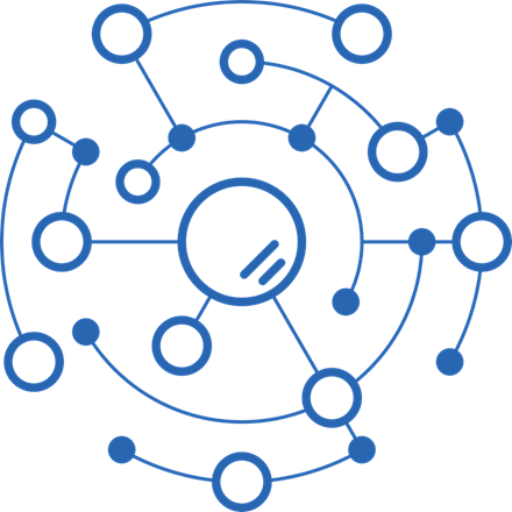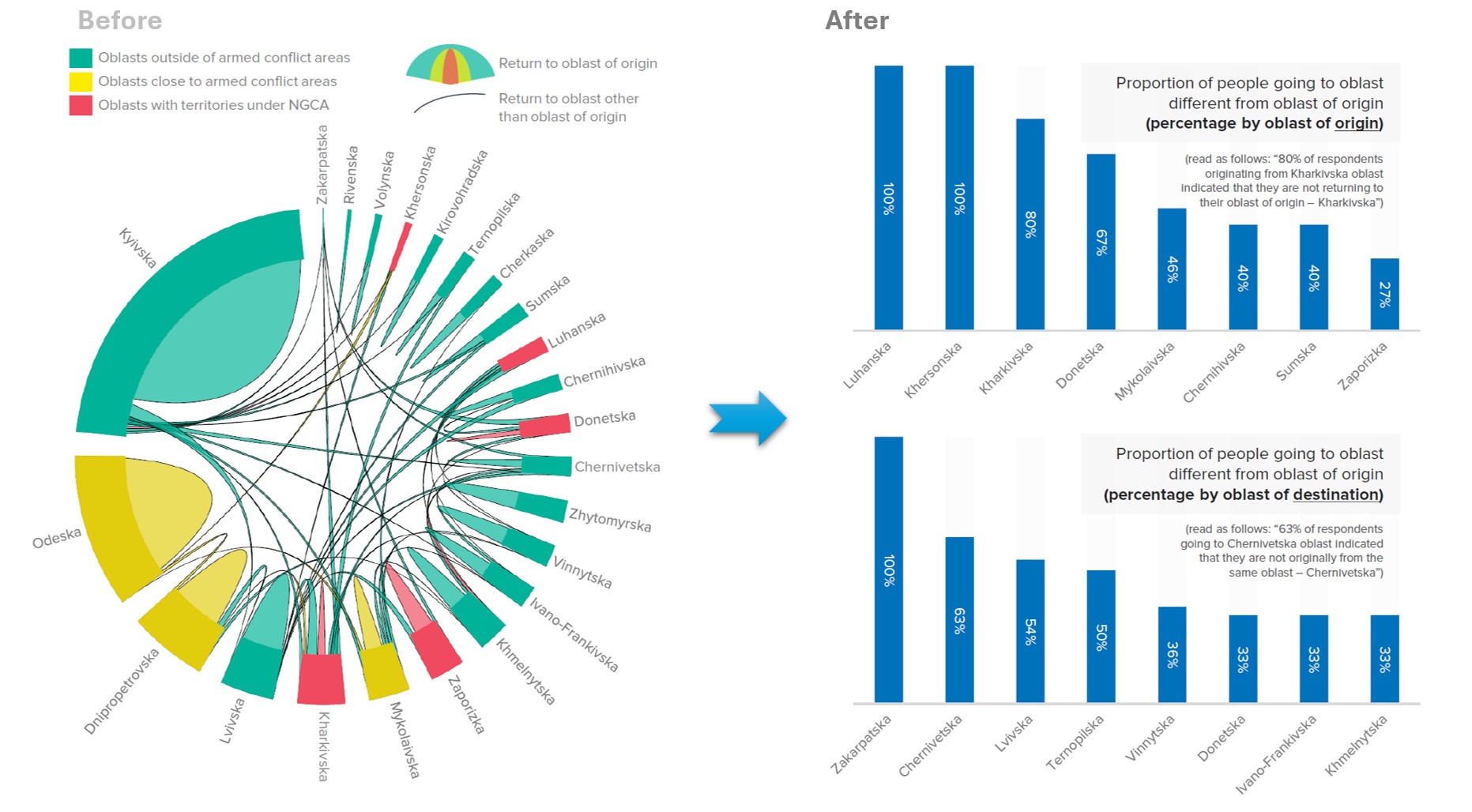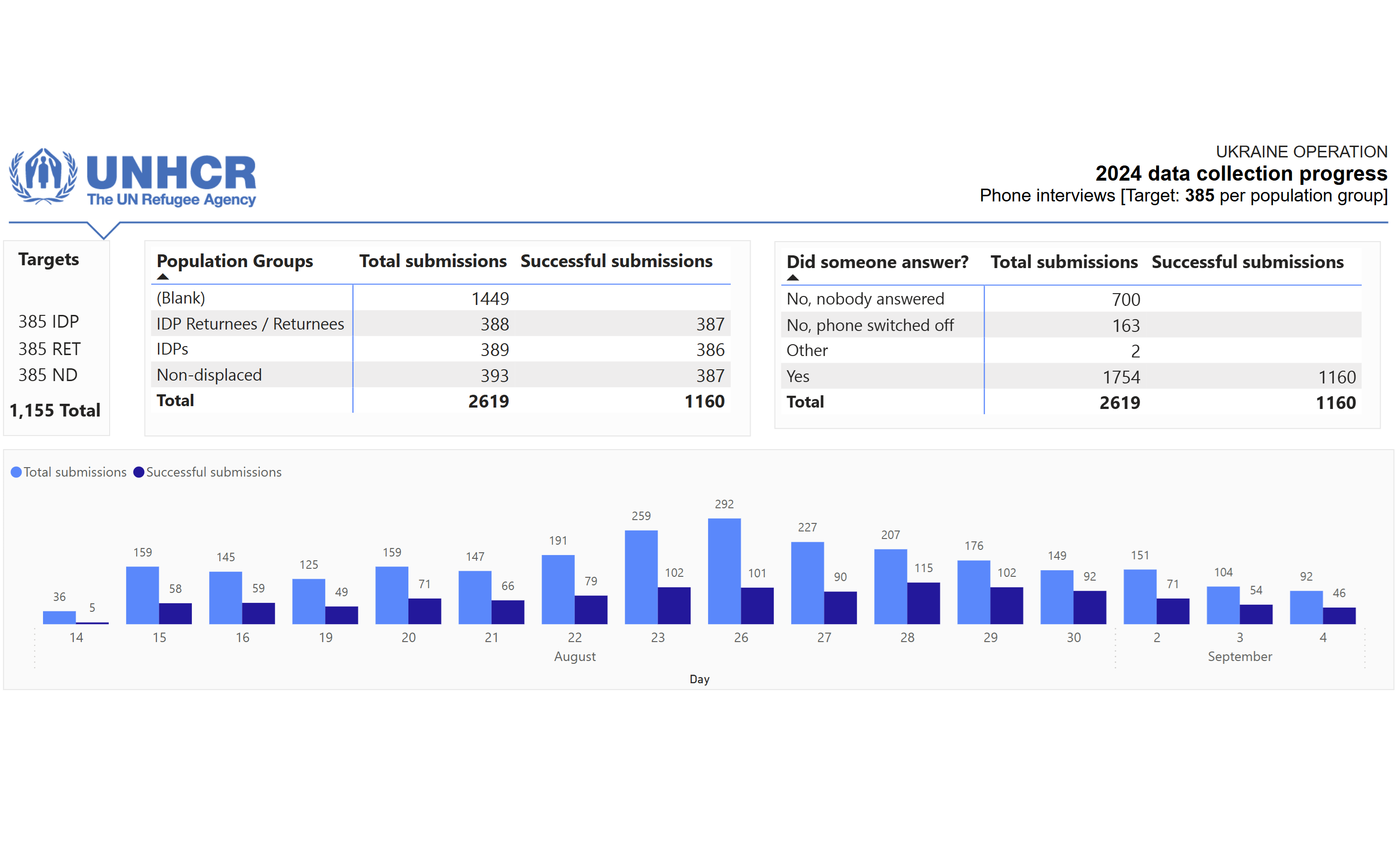Is being an expert about completing the famous “10,000 hours” of practice? Is it a certificate hanging on the wall? Recognition from others? Or is it simply self-judgment? These questions have often circled my mind – during lunch breaks, metro rides, and even casual conversations with colleagues.
After much thought, I’ve arrived at an unconventional conclusion: Never call yourself an expert – better yet, “Never Aim to Become One”.
Why? Because the moment we label ourselves as “experts,” we risk falling into the comfort zone trap. We master something so well that it becomes second nature. Our actions become automatic, guided by rules and principles we’ve internalized through years of practice. But therein lies the danger: comfort can be the enemy of growth and innovation.
The Journey: A Three-Step Framework
So far, I’ve observed that the journey to mastery typically unfolds in two steps:
- Learn the rules. When we start learning a skill, we’re entirely focused on understanding the rules, principles, and frameworks that define success in that domain. It’s about getting the basics right – whether that’s understanding the mechanics of a sport, mastering programming syntax, or learning the nuances of effective communication.
- Follow the rules. Once we’ve learned the rules, the next step is applying them consistently. This is where practice, discipline, and repetition come into play. Over time, following the rules becomes almost instinctive. We’re no longer consciously thinking about them; they’ve become part of our muscle memory.
But here’s the problem. Stopping at Step 2 leads to stagnation. When we’re too focused on “following the rules,” we risk becoming rigid. We stop questioning whether those rules are still relevant or if they’re holding us back from something greater. (Read the joke about guarding the bench)
Introducing Step 3: Break the Rules
Here’s my hack: whenever you feel like you’re getting good at something, it’s time to introduce a third step – “Break the rules.”
When you’ve truly mastered a skill, you’re in a position to bend or even break the rules without compromising quality or outcomes. In fact, breaking the rules can lead to greater innovation and impact. It’s not about recklessness; it’s about calculated risk-taking. It’s about questioning assumptions, challenging the status quo, and finding better ways to achieve results.
Think about it: some of the greatest breakthroughs in history came from people who dared to break the rules. Scientists who questioned established theories. Artists who ignored traditional techniques. Entrepreneurs who disrupted entire industries. They didn’t just follow the path laid out before them – they forged new ones.
Shu Ha Ri: The Ancient Wisdom of Mastery
This idea of moving beyond expertise isn’t new. It’s beautifully encapsulated in the Japanese martial arts concept of Shu Ha Ri:
- Shu (“Obey”): In the beginning, you learn the fundamentals by strictly following the rules and traditions. This is where discipline and repetition lay the groundwork for mastery.
- Ha (“Detach”): Once you’ve internalized the rules, you begin to question and adapt them. This is the stage where innovation and personal expression emerge.
- Ri (“Transcend”): At the final stage, you break free from the rules entirely. The principles are so deeply ingrained that you operate intuitively, creating your own path.
Applying Shu Ha Ri to Data Visualization
I’ve found this framework incredibly useful in my daily work, particularly in the realm of data visualization. Let me share an example where I applied Shu Ha Ri to create a highly impactful solution:
The Case of Simplifying Humanitarian Mapping
When working in Power BI, we often rely on standard map visuals or custom GIS visuals. These tools offer sophisticated features and endless customization options. In the Shu stage, I followed the conventional approach – using these standard map visuals to display humanitarian interventions. I meticulously configured settings to showcase the data effectively. This ensured accuracy but introduced unnecessary complexity for a high-level audience.
In the Ha stage, I realized that many of these advanced GIS features were unnecessary for the purpose at hand. What mattered was a clear message: displaying the magnitude of humanitarian responses across locations. Instead of relying on the heavy features of standard mapping visuals, I experimented by stripping down the complexity.
Finally, in the Ri stage, I broke away from traditional tools altogether. I combined a tailored background image of a map with a simple scatterplot. This minimalist approach delivered the message with precision and flexibility, removing distractions while emphasizing the key data points. This unconventional method is now becoming a new standard – a solution I’m proud of that effectively communicates critical information while simplifying the user experience.
Conclusion: From Expert to Innovator
Mastery is not the end of the journey – it’s just the beginning of a new one. By applying concepts like Shu Ha Ri, we can move beyond expertise to unlock the potential for innovation and meaningful impact.
As Steve Jobs famously said, “Stay hungry, stay foolish.” This phrase beautifully captures the essence of continual growth and curiosity. Staying hungry means never settling, always striving to learn and improve. Staying foolish means being open to new ideas, willing to take risks, and embracing uncertainty – even when it means stepping outside your comfort zone.
So, the next time you feel like you’ve mastered something, ask yourself: What’s my next step? What rules can I bend, adapt, or break to take this further?
Let’s stay hungry, stay foolish, and move beyond expertise to step into the realm of possibility.
Excited to hear your thoughts! If you’d like to jump into the discussion or share your insights, just follow this link, and let’s keep the conversation going:




